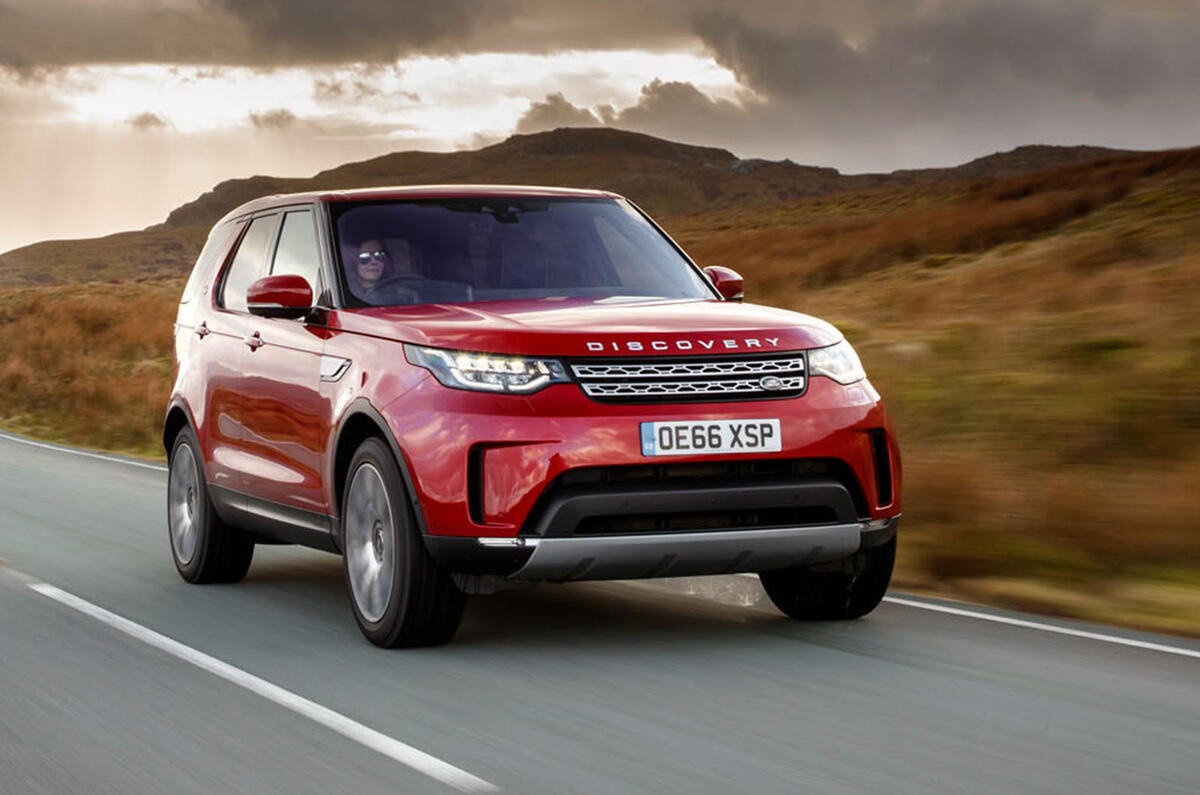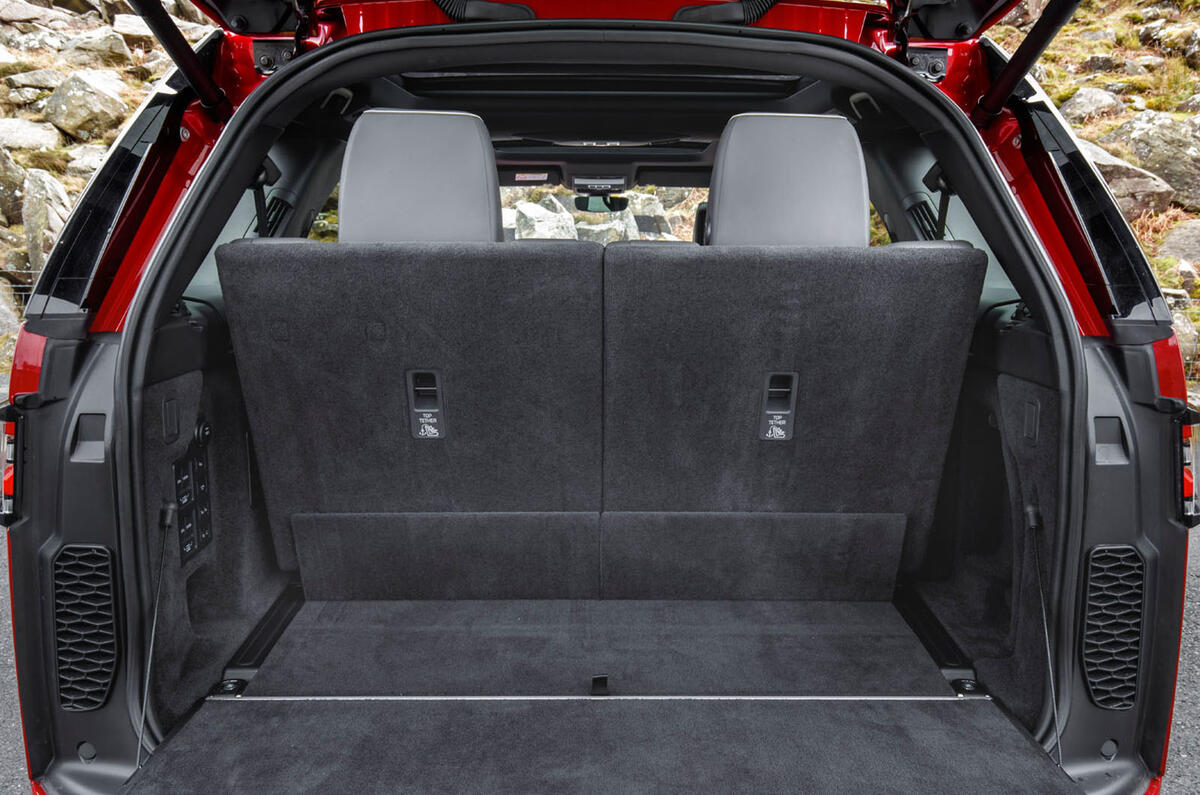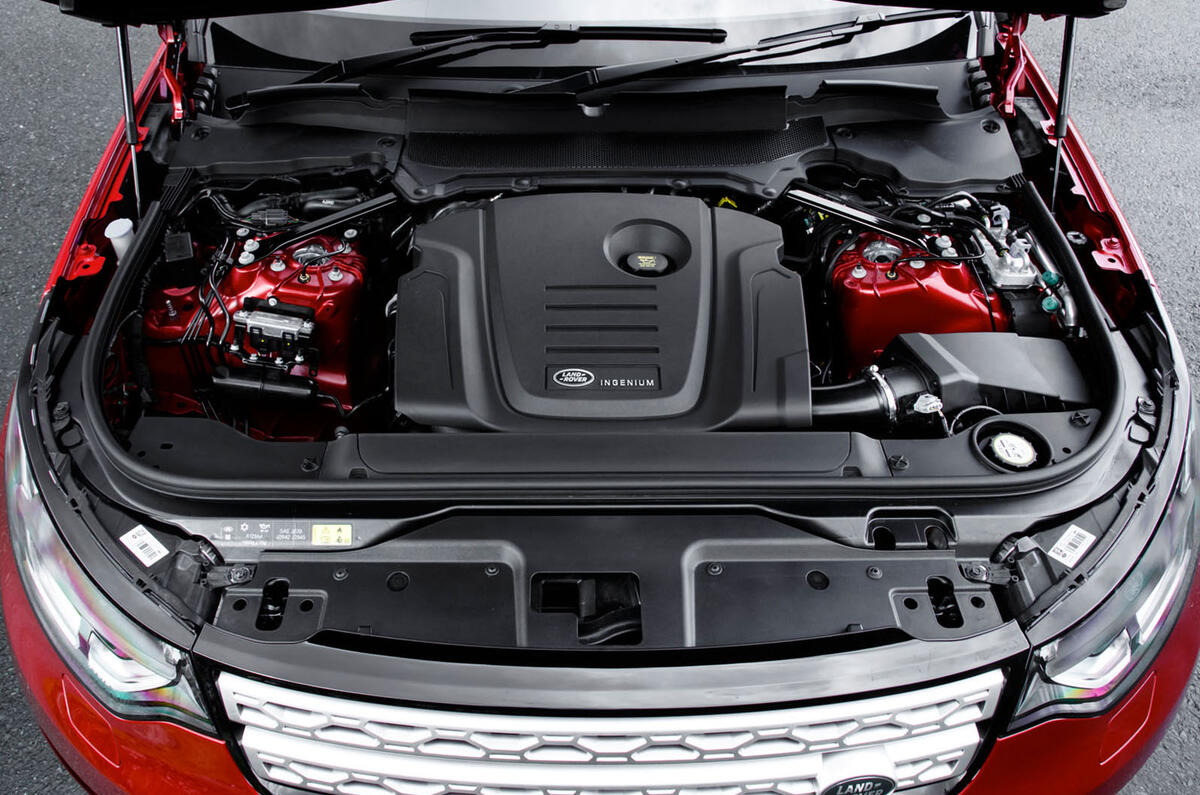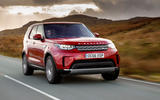What is it?
Land Rover likes to imagine the Land Rover Discovery as the ideal conglomerate of its split personality: absorbing just enough of the Range Rover’s prestige to counteract the blunt-force utilitarianism of the dearly departed Defender - with the prospect of seven exceedingly family-friendly seats lobbed in for good measure.
In some parts of the world, where the Range Rover symbolises Land Rover to the exclusion of practically everything else, the Discovery hardly features. But in the UK, it is automotive manna to the upper-middle-class, muddy boot-wearing white collar types, landowners, horsebox enthusiasts and anyone with a lingering affection for ‘proper’ 4x4s.
We adored it, too. The outgoing Discovery 4 was, by rights, too heavy, too thirsty and in possession of far too many right angles for something intended to move through air - but it drove softly and superbly, could not be stopped by anything short of a tank trap and would easily accommodate a five-a-side football team, plus kit.
Its replacement does all of these things too, except it does them while being lighter, less thirsty and with all the sharp edges of a stormtrooper’s helmet. The blurrier look is intended to help broaden the car’s appeal, and better locate it in the current Land Rover line-up. A new four-cylinder engine – the 237bhp 2.0-litre twin-turbo Ingenium unit – ought to do likewise, with an official combined economy of 43.5mpg.
We’ve delved deep into the technical detail previously, so now, with the car finally in the UK, it’s time to double-check what seemed like impeccable credentials at the international launch. Elsewhere, we’ve tried the 3.0-litre diesel V6; here we concentrate on the four-cylinder in HSE trim, a combination which costs from £56,995.
What's it like?
When Land Rover replaced the Range Rover in 2012, it acknowledged that its customers wanted essentially the same car they had, just better. Almost five years later, it has plainly taken the same approach taken with the Land Rover Discovery - and the result is a comparable triumph.
Anyone still resolutely bearing a grudge about the possible similarities with the Range Rover Sport’s belligerent dynamics can rest easy: the Land Rover drives nothing like its platform sibling. It feels palpably taller, calmer, burlier, extraordinarily comfortable in its own skin and proudly mindful of its occupants' isolation.
The old Discovery, with the unflappable assurance of a large policeman wrapping a blanket around your shoulders, constantly affirmed that everything was going to be okay, whether you were on the outside lane of a wet motorway or rock crawling in the Outer Hebrides. This new model does precisely the same thing, except now the copper is simultaneously handing you an iPad.
It's quite possible that the full weight of the car’s tech payload will pass by even the most diligent of users. Although no-one purchasing the HSE trim will fail to appreciate the latest InControl Touch Pro infotainment system, the Meridian sound system or the convenience of having both rows of back seats electronically powered, it's the computerised ballast underneath that staggers when the going gets tough.
In standard format, alongside the transmission’s low-range function and almost a metre of wade depth, you’ll get the same electronic air suspension and centre differntial as supplied with the Range Rover Sport – enough, realistically, to see you safely and smoothly over 90% of terrain. For the remaining 10%, there’s the £1100 Capability Plus Pack, which features an additional locking differential for the rear axle, Terrain Response 2 and All Terrain Progress Control.











































Join the debate
Add your comment
@TStag and the rest of the 'off road' brigade
Got to say I'm very excited
Congratulations!
Should I buy one?
BigMitch wrote:
Even though I wish it wasnt true, it probably is, I have heard the majority of all new offering by JLR are festooned with problems that should have been sorted in pre-production, again I dont know if its true, but I probably is.